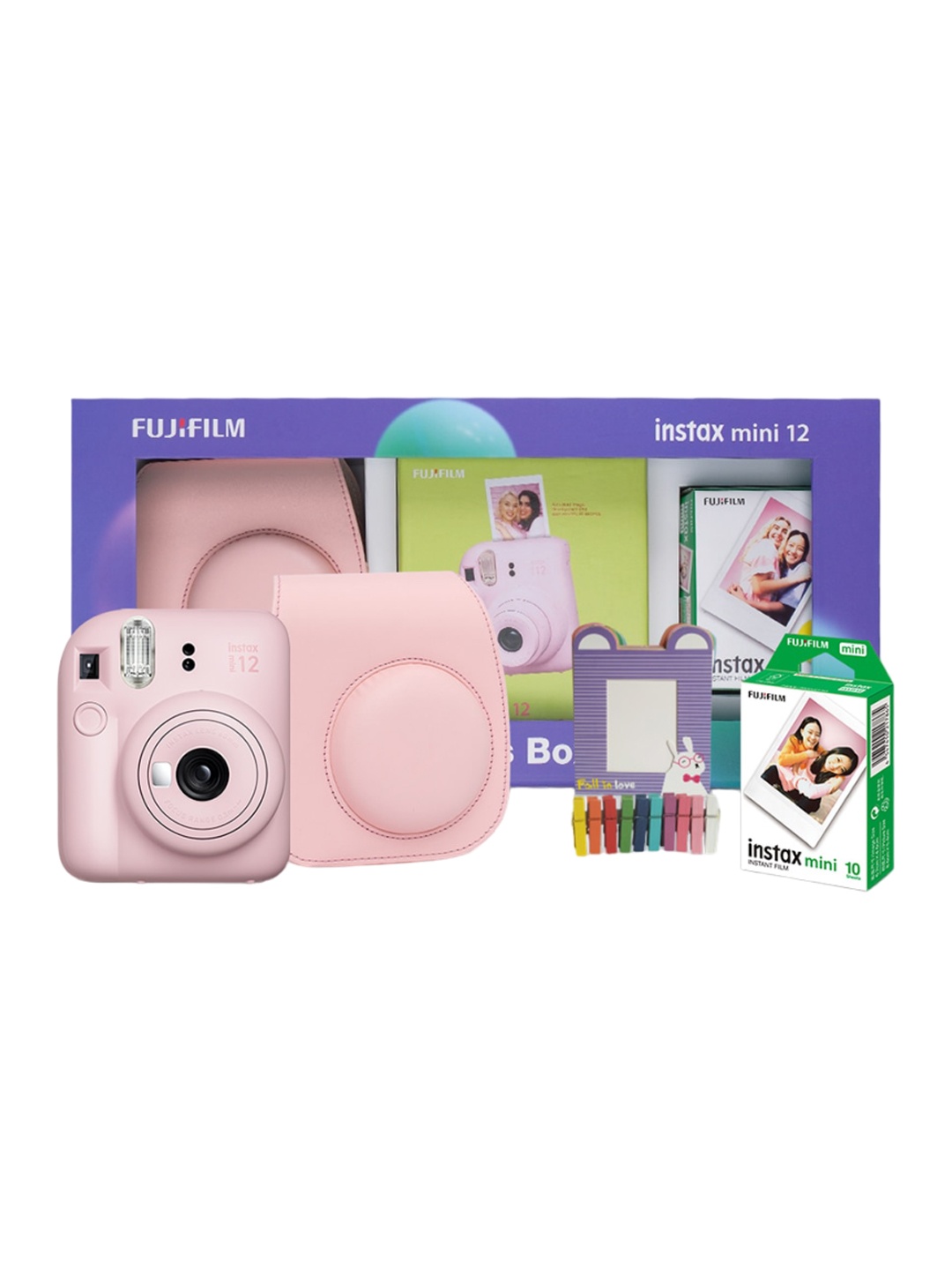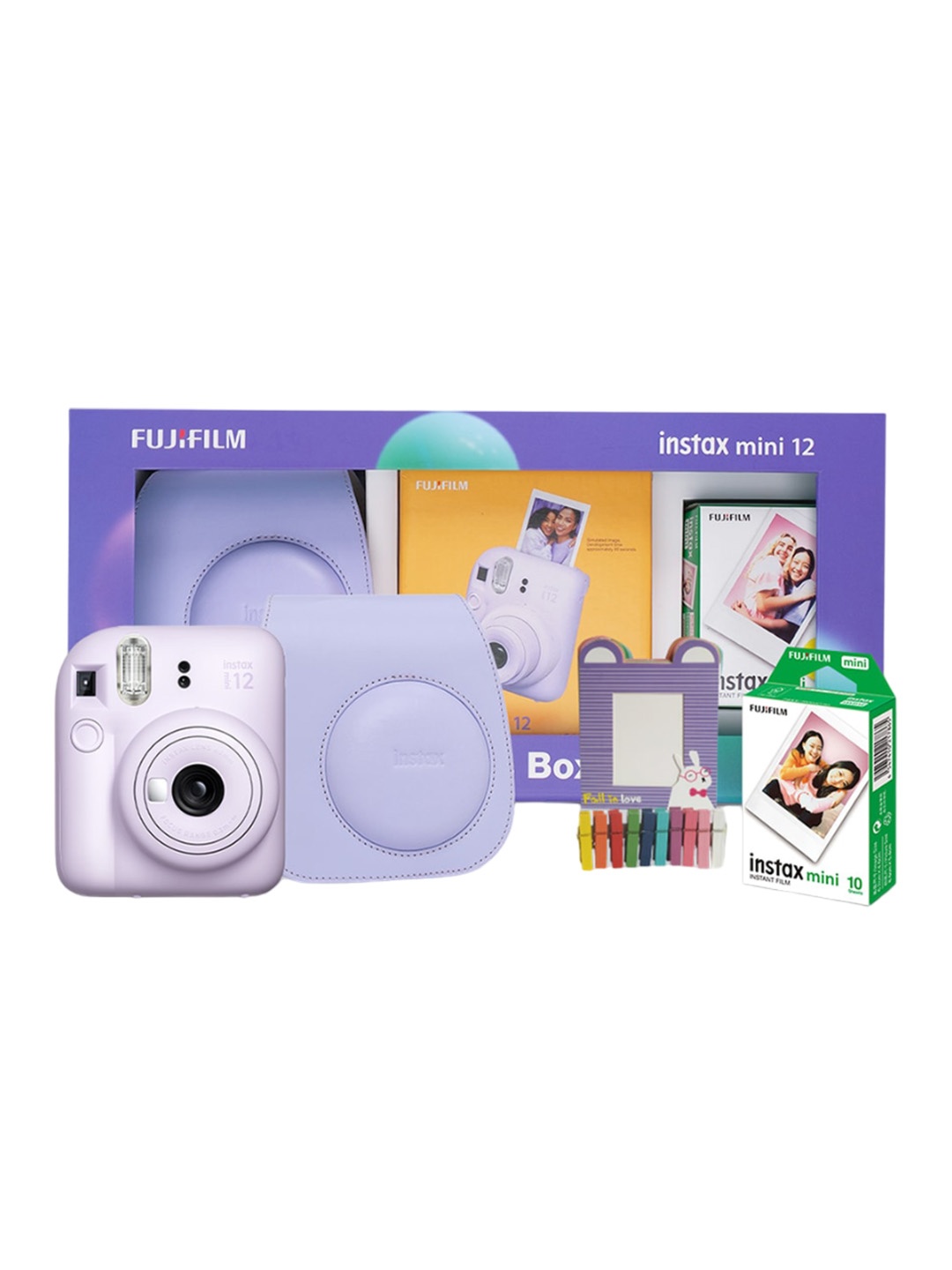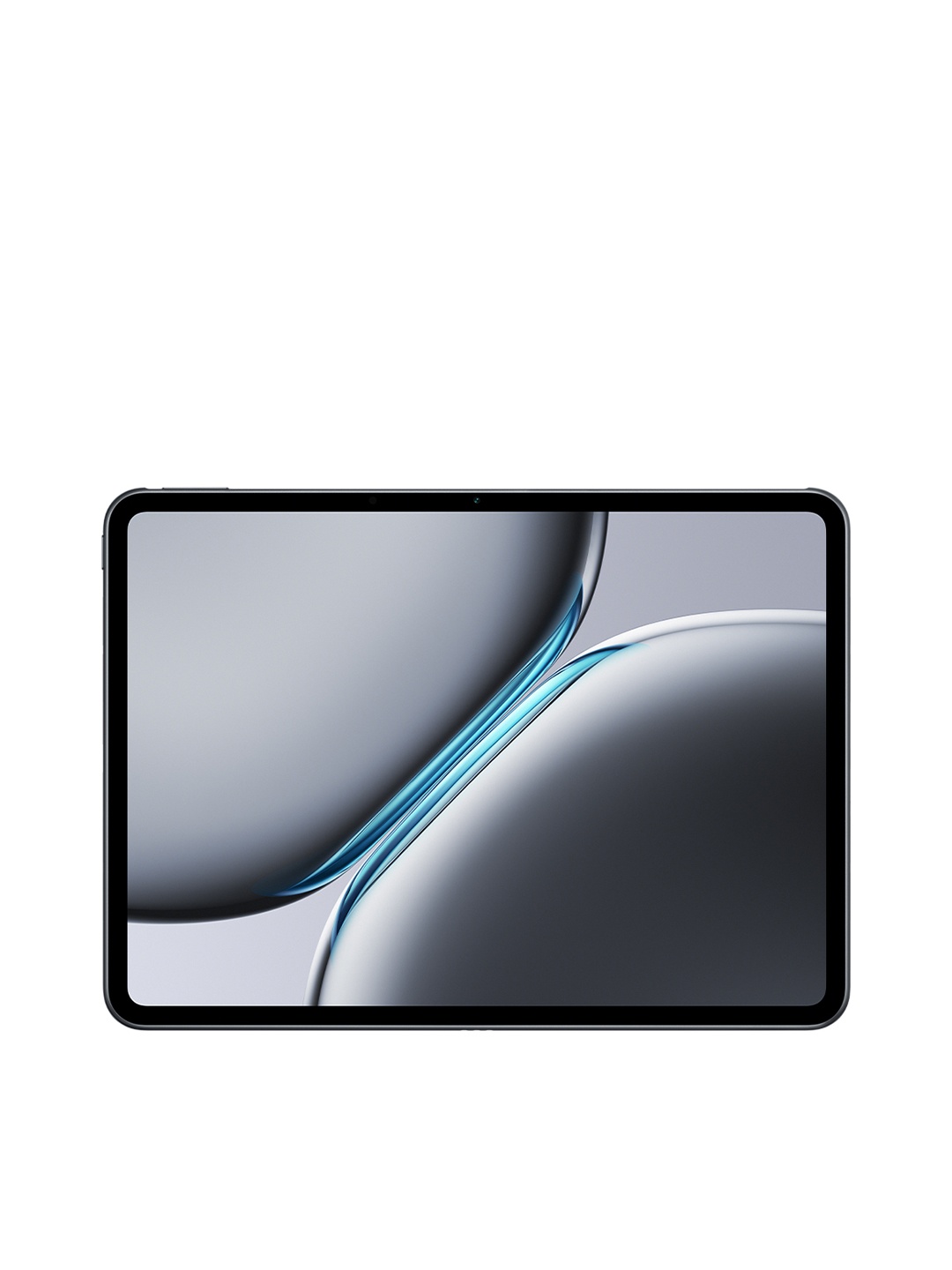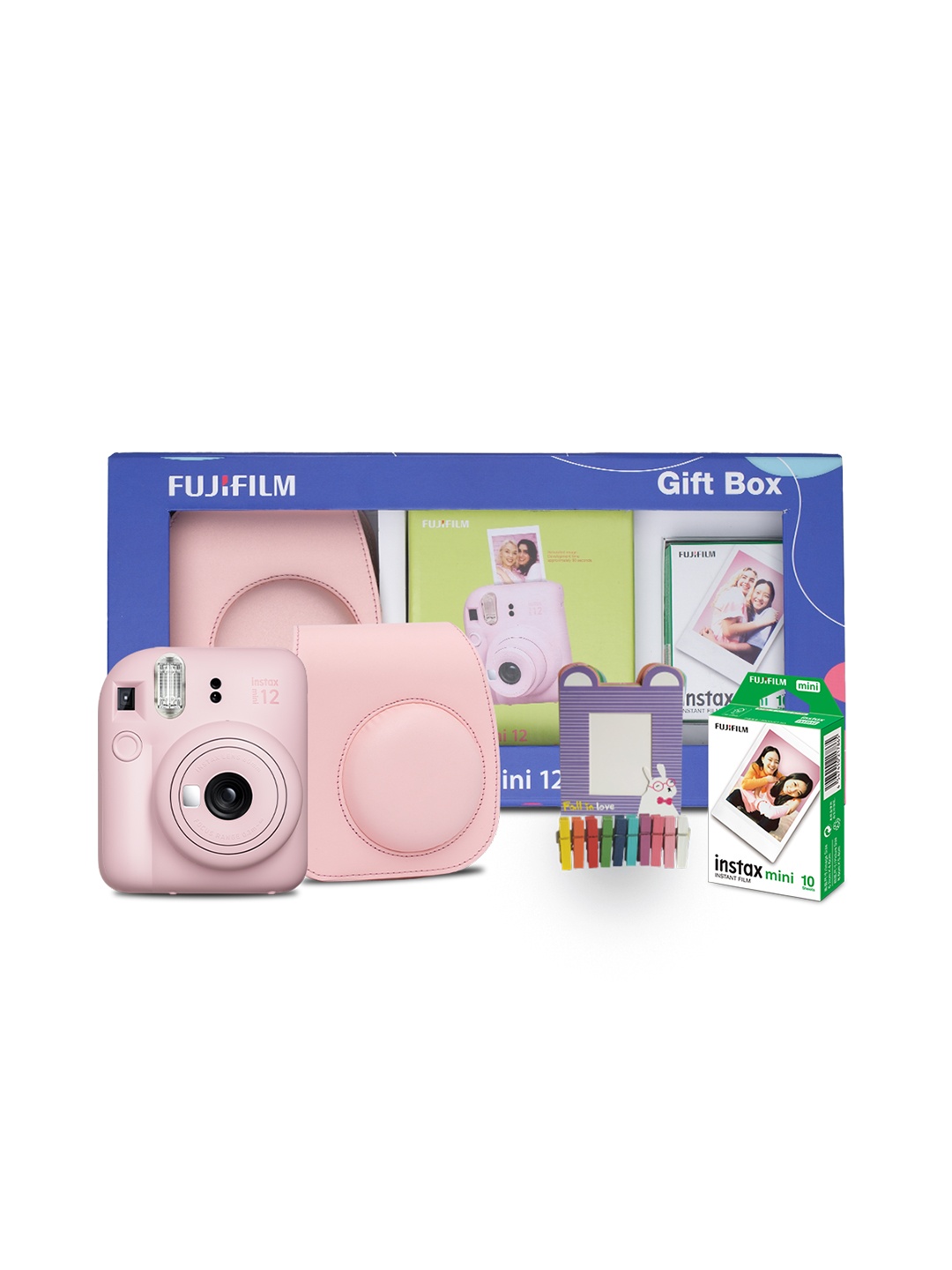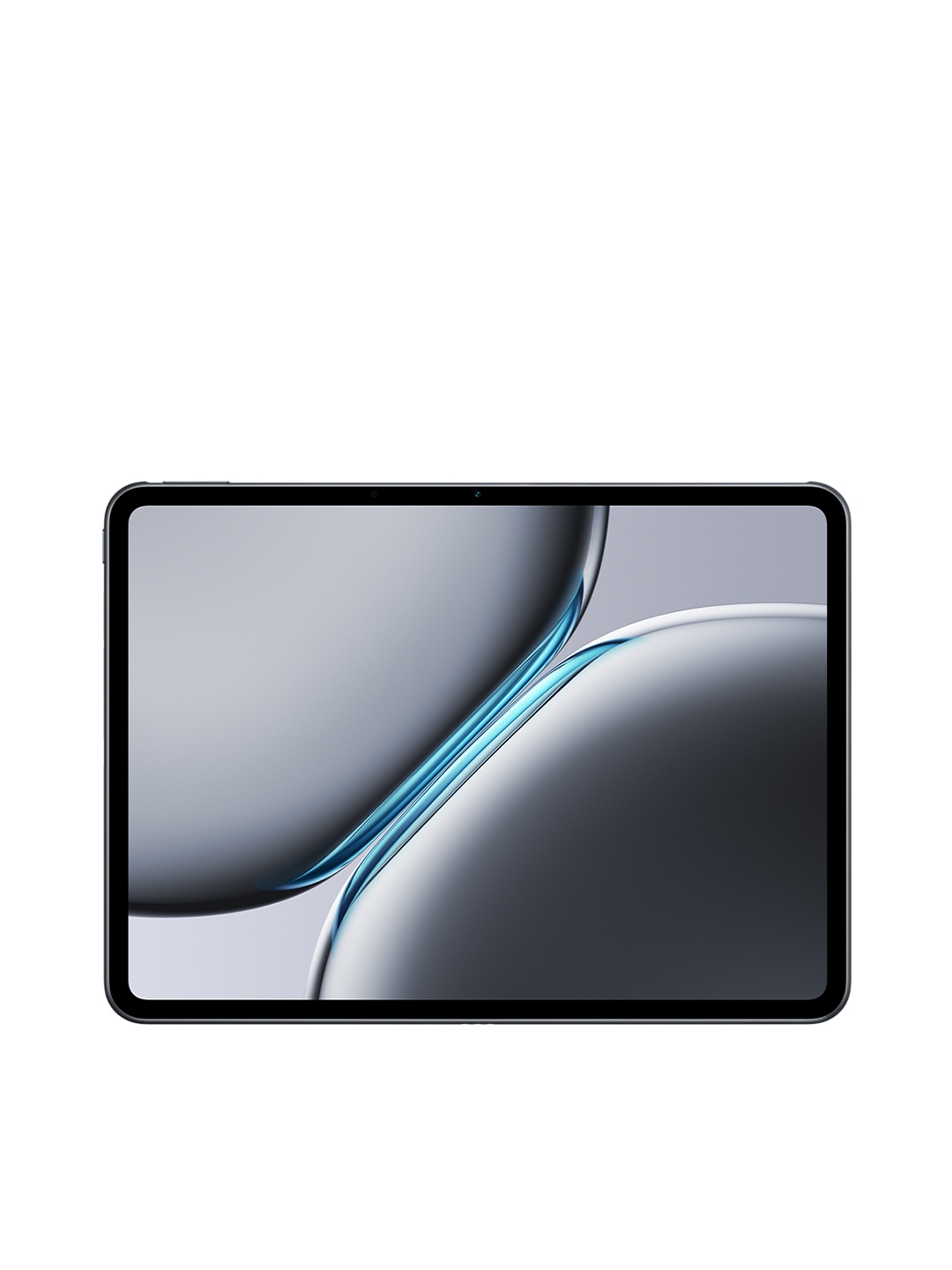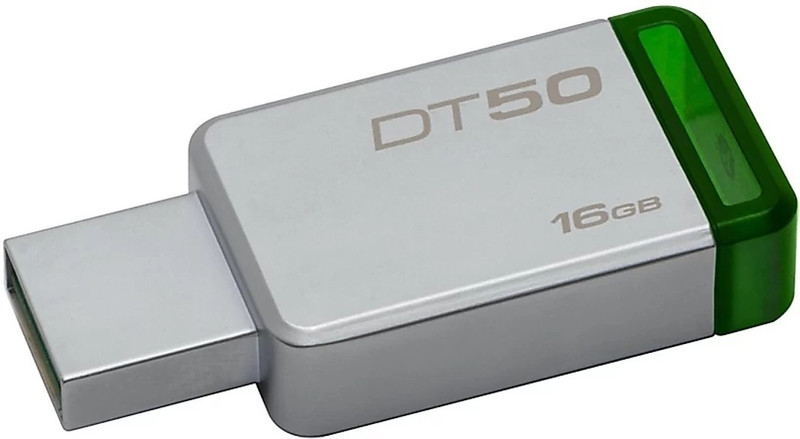8 Things To Know Before Buying A New Cable For Your Smartphone

Let's be honest, charging cables don't get nearly enough credit. They're the unsung heroes of daily life, tangled in backpacks, left behind at friends' places, and often bought on impulse from petrol pumps or corner stores. But while they may look innocent, the wrong cable can do serious damage. Not all USB cables are created equal, and no, that cheap ₹99 one from the roadside vendor isn't doing your phone, or your wallet, any favours.
In today's world, phones are lifelines. Whether it's ordering dinner, booking a cab, attending a Zoom meeting, or catching up on late-night reels, a dead phone is more than just inconvenient; it's panic-inducing. And yet, many people treat charging cables as afterthoughts. This needs to change.
Here's a deep dive into what to look out for, what to avoid, and how to pick a charging cable that won't roast your phone alive.
Also Read: Why Cheap Charging Cables Could Be Ruining Your Phone Battery And Their Premium Alternatives
1. Price Tag
We get it, saving money feels good. But there's a fine line between frugal and foolish when it comes to charging accessories. While that ₹150 knockoff cable from a roadside stall may look like a steal, it could be hiding a devil in disguise. The materials used in cheap cables often skimp on insulation and proper voltage control. What does that mean for you? Heat buildup, slow charging, or even a short circuit could send your phone straight to the repair shop or the bin.
This doesn't mean all expensive cables are saints. Some are just overpriced nonsense. The trick is to strike a balance. Look for brands that are known for quality but don't necessarily break the bank. Think of it like choosing street food, you wouldn't eat just anywhere, right? Apply the same gut feeling to cables.
Bottom line: cheap can be costly. Pay a little more now, save a lot later.
2. Amp Rating
Amperage is like a water pipe. The wider it is, the more current flows through. A cable with a low amp rating restricts the current, which slows charging. Worse, forcing high current through a low-rated cable can heat it like a toaster and potentially fry your phone's internals.
A standard smartphone charger usually outputs 2A to 3A. If your cable can't handle that, it creates resistance, heat builds up, and voilà, you're cooking your phone. Not ideal.
Many people don't even know amp ratings are a thing. It's not plastered across the cable in neon letters. But the packaging or specs will usually say something like 'Supports 3A Fast Charging.' If it doesn't say anything at all? That's a red flag. And if you're buying online, scroll past the flashy pictures and head straight to the specs section. It'll save you from a shocking experience, literally.
3. USB Types
The cable world is full of types: USB-A, USB-B, USB-C, Lightning, and the ancient micro-USB still clinging on for dear life. Many people buy whatever fits and assume that's good enough. Spoiler: it's not.
For modern smartphones, USB-C is the gold standard. It supports faster charging, higher power transfer, and better durability. Apple users, of course, have the Lightning cable, though rumour has it even that might change soon. The type of USB you use not only affects how fast your phone charges but also the safety of the charge.
Mixing and matching cables that aren't meant for your device type can create issues, especially with voltage regulation. In simpler words, if your phone is built for USB-C and you're using a micro-USB with an adapter, you're playing a risky game.
Moral of the story? Use the right port for the right job. It's not just about fit, it's about function.
4. Fast Charging Support
Everyone loves fast charging. Who wants to wait two hours for their phone to charge? But here's the catch: fast charging doesn't just depend on your phone and charger. The cable plays a crucial role.
If your cable isn't designed for fast charging, plugging it into a fast charger won't do anything. In fact, it could slow things down or overheat. Look for cables that explicitly mention 'Fast Charge' or 'Quick Charge' support, preferably with ratings like 18W, 25W, or 65W, depending on your charger's wattage.
Also, don't be swayed by marketing fluff like 'Super Speed!' or 'Turbo Cable!', these mean nothing unless backed by actual specs. It's like buying a scooter that claims to be a 'beast' but struggles up a flyover.
Remember, your charging speed is only as fast as the weakest link; don't let it be the cable.
5. Counterfeit Accessories
It's not just fake shoes and perfumes doing the rounds, counterfeit tech accessories are everywhere. And they look eerily convincing. From Apple to Samsung to OnePlus, brand names are casually thrown around on knock-off cables that are nothing like the real deal.
These fakes often use substandard wiring, poor connectors, and lack safety chips. What's worse is that some can damage your phone's charging port over time, creating loose connections or, in the worst cases, short-circuiting your device.
How do you spot the phonies? Check the packaging, typos, poor printing, or 'designed in Apple California' (missing words on purpose here!) are dead giveaways. Real cables from trusted brands will come with a warranty or at least QR codes you can verify.
A cable pretending to be premium isn't just annoying, it's potentially dangerous. Trust only verified sellers, especially online. Your phone deserves better than an impostor.
6. Cable Length
We've all done it, chosen that 2-metre cable so we can scroll Instagram while lying upside down on the bed. But here's the deal: longer cables come with trade-offs. The longer the wire, the greater the resistance. And more resistance means slower charging and more heat.
That doesn't mean you must settle for cables that barely stretch from the plug point. It's about balance. A 1-metre cable usually offers the best combo of performance and flexibility. If you need a longer one, opt for a high-quality, thicker cable that compensates for the extra length with better insulation and copper quality.
So next time you pick a cable just because it lets you lie on the sofa while your phone charges from across the room, think again. A few steps today might save you a fried phone tomorrow.
7. Built-In Protection Chips
Modern, high-quality cables come with something called an E-Marker chip or smart charging controller. Think of it as a mini traffic cop inside the cable, making sure current flows correctly and your phone doesn't get overfed.
These chips help regulate power, prevent over-voltage, and sometimes even control temperature. Especially important when you're using fast chargers or connecting your phone to a laptop's USB port.
The catch? Not every brand mentions this, and cheap cables rarely have them. But if a cable does highlight 'overcharge protection' or 'smart chip included,' that's a very good sign.
You wouldn't eat food from an unknown source without checking the hygiene, right? Think of your charging cable the same way. Internal safety isn't visible, but it's essential.
8. Material Quality
A good-looking cable isn't always a good cable. Those flashy braided designs or neon colours might catch your eye, but looks can be deceiving. What you need is durability.
Go for cables with reinforced joints, strain relief sleeves, and thicker outer sheaths. Nylon-braided cables, for example, often last longer and resist tangles. But make sure the braiding is tight and the connectors are sturdy, not just decorative.
Also, check for gold-plated or corrosion-resistant connectors. These offer better contact and reduce wear over time. Plastic connectors? Avoid them if possible; they tend to loosen or crack faster.
In short, treat a charging cable like a daily tool, not a disposable accessory. If it's built well, it'll handle daily use without fraying, snapping, or causing grief.
Products Related To This Article
1. StuffHoods 3-In-1 USB-C Cable
2. superdart charging cable
3. (4 pc) Pro3D 150mm Flex Cable for Programming Board PI Camera
4. K N DIGITAL Vivoo Original 44W Cable
5. Premium Original.120W Type-C to Type-C Warp/Dash/SuperVOOC Fast Charging Cable
6. king shine 4 in 1 Data Cable Fast Charging Portable Cord
7. DECRONICS 60W Charging Cable Kit Type C to Type C, Type C to USB A, Type C to Micro Cable, and USB A to Lightening Cable
8. Stylish Fast Smart Mobile/Phone Charging Retractable USB Cable 3 In 1 Charger Cable
Choosing the right charging cable might not sound like the most exciting task, but when your phone is your everyday companion, it's worth the extra care. A bad cable isn't just inconvenient, it's risky. It can slow down your phone, drain your battery faster, or even cause irreversible damage.
Next time you're picking out a charging cable, pause before grabbing the cheapest or flashiest one. Look beyond the surface, check the specs, trustworthy brands, and safety features. Whether it's a late-night Netflix binge, a morning alarm, or an urgent work call, your phone is there for you. Make sure your cable is too. After all, the right cable doesn't just charge your phone, it protects your peace of mind.
Disclaimer: The images used in this article are for illustration purpose only. They may not be an exact representation of the products, categories and brands listed in this article.












